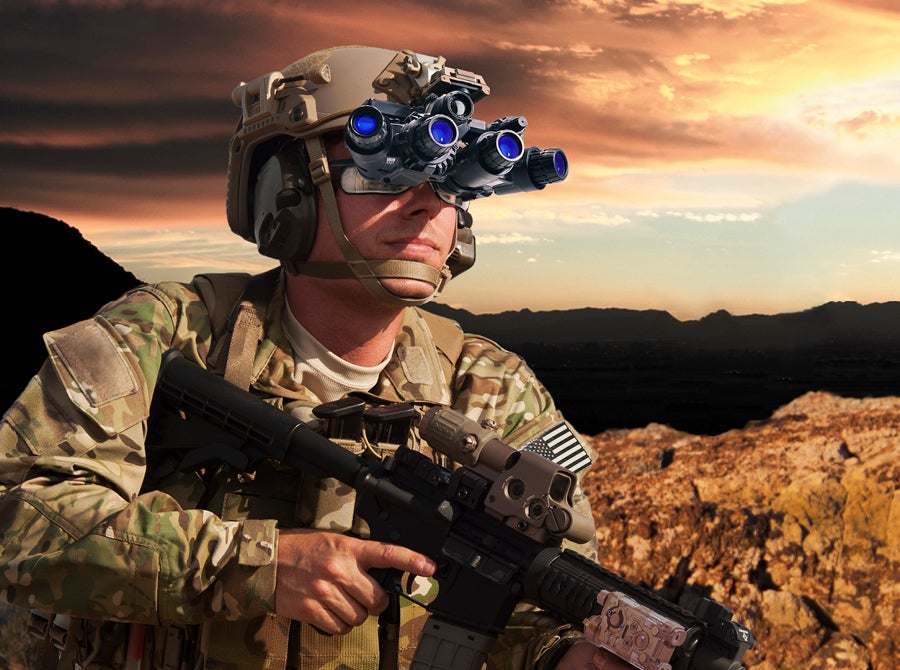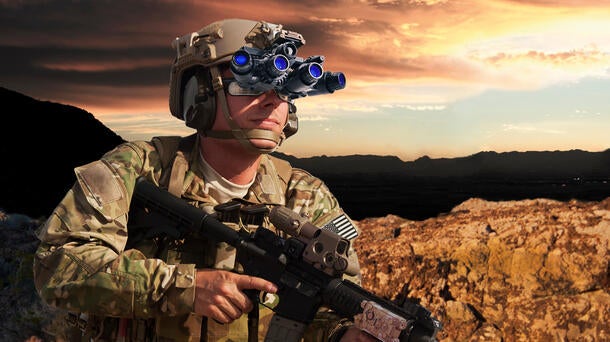Hey guys,
Went over to a dude I knows place to kill some racoons that have been eating his cantaloupes and while I schlepping my gear in I noticed something. I had my helmet on (MH25) and he has these little solar powered led lights everywhere to scare the critters off. What I noticed was that when I focused on a light with both eyes there was a separation between the thermal image and the naked eye aka they didn't overlay each other. Did my brain fail the fusion test or is that par for the course? Just curious and thanks for the info in advance!
Went over to a dude I knows place to kill some racoons that have been eating his cantaloupes and while I schlepping my gear in I noticed something. I had my helmet on (MH25) and he has these little solar powered led lights everywhere to scare the critters off. What I noticed was that when I focused on a light with both eyes there was a separation between the thermal image and the naked eye aka they didn't overlay each other. Did my brain fail the fusion test or is that par for the course? Just curious and thanks for the info in advance!
Last edited:


